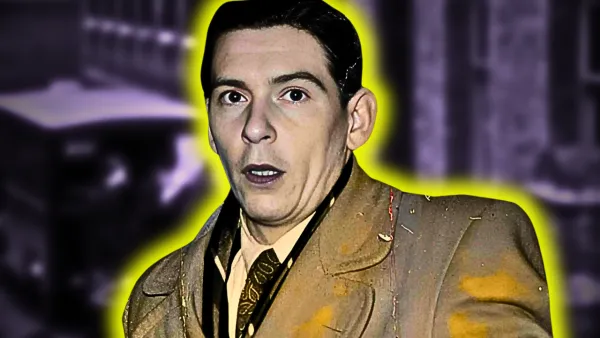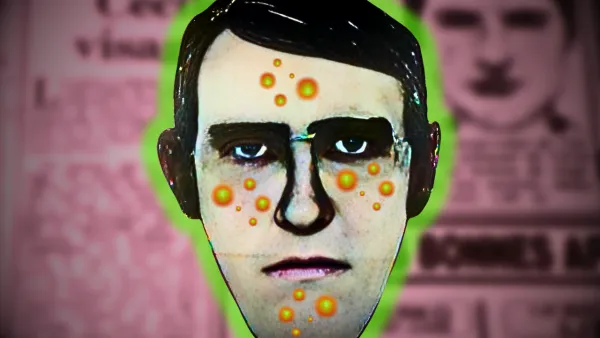I'll Admit It, The Joe Arridy Story Brought Tears To My Eyes

Joe Arridy was a "feeble-minded" prison inmate falsely accused of the brutal murder and rape of a 15-year-old girl. Arridy, along with another 'fella' was put to death by the State of Colorado in 1939. Newspapers referred to Joe Arridy as "the happiest man on death row", because of his extremely low IQ and child-like attitude.
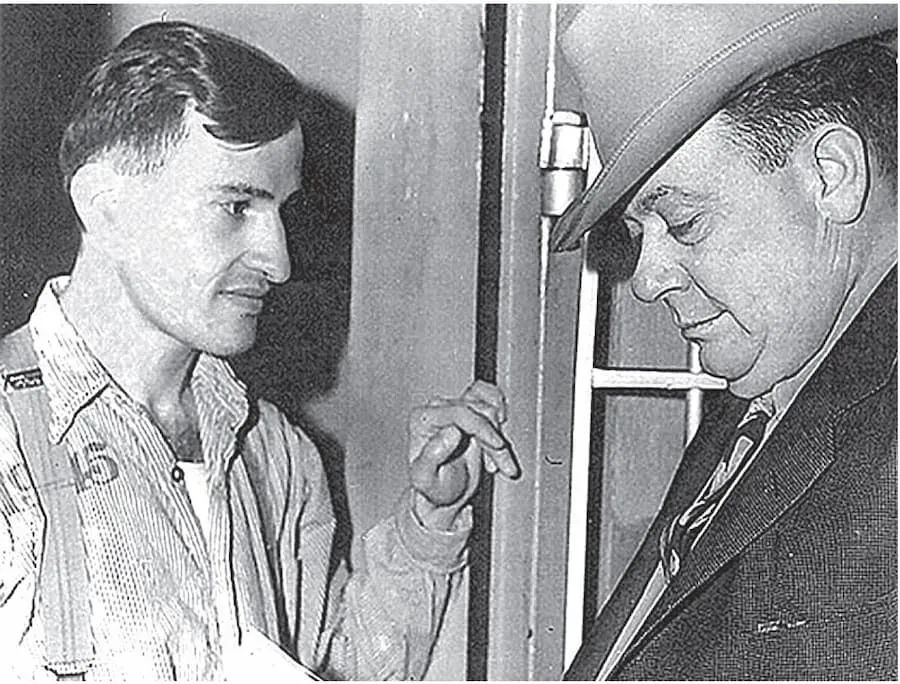
Riley Drain and his wife Peggy couldn't have known that attending the Works Progress Administration (WPA) annual banquet would ensure their oldest daughter's grisly demise.
No one could have known.
The evening of August 15, 1936, was like any other for the WPA foreman and his wife living at 1536 Stone Avenue, Pueblo, Colorado.
Sure, Peggy had her qualms about leaving her 15-year-old Dorthy in the house alone with her sister Barbara, 12, but she also knew that they would only be at the banquet for a few hours.
Plus, the lamp would remain lit. As if the flickering flame provided an invisible shield that would protect her two most precious belongings.
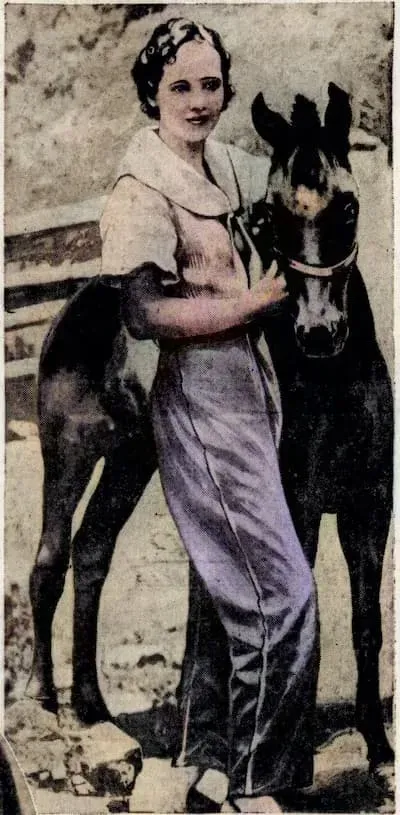
Hatchet Job
On a blood-soaked bed, he found Dorothy, a great gash in the back of her head, one of her eyes blackened and her mouth bruised. She was lying face down on the outside of the bed. Deadly Innocence Robert Persky (Amazon)
The lamp that Peggy Drain had entrusted to keep the evil away was switched off shortly after 11:20pm, according to Frank Gorshe, a friend and neighbor of the Drains who saw the lamp illuminated when he returned home from the steel mill at that time.
Riley and Peggy Drain arrived home around 2am, so logically, the invasion and murder took place between those two times.
The perpetrator struck both Dorothy and her sister Barbara with a "sharp object, probably a hatchet."
The teenager's blood splattered all four walls of their shared bedroom near the back of the home.
Riley discovered his own daughter, Dorothy, slain in her bed. She had been dealt a severe blow with a hatchet behind her ear, which produced an opening of nearly "three inches". The intruder had brought the hatchet down with such force that the blade had entered into her brain, which slowly seeped from her cranium.
Dorothy's eyes were severely blackened, clear from being pounded by the fist of a large man.
Someone had also raped Dorothy.
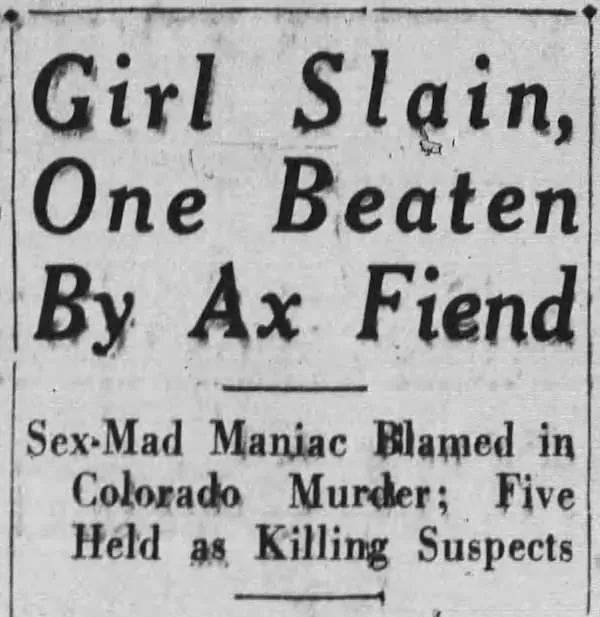
Surely this "sex-mad maniac" had also meant to kill Barbara Drain, the 12-year-old sister, as well, but somehow she had survived the horrifying ordeal.
The hatchet blows to Barbara's head were from the weapon's blunt edge and thus did not penetrate her skull.
Although Barbara's "condition was grave", spending several weeks in a coma, she would ultimately survive.
When asked by police, Barbara outlined the crime. Her horrifying story told of a single man entering the home and beating her older sister to death while raping her.
It was only when Barbara screamed out, "GO AWAY!" that the killer turned the hatchet on her.
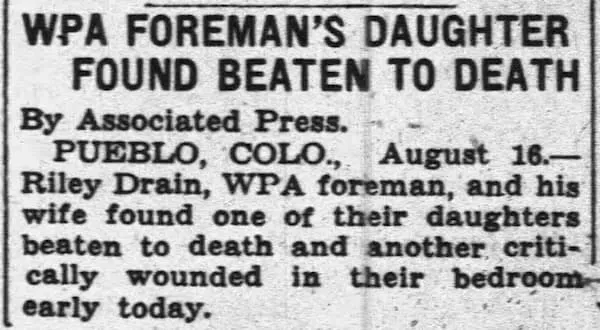
Frank Aguilar Arrested
The extreme pressure on the Pueblo Police Department had generated a 'tunnel vision' to solve the crime. The public had spoken. They must bring someone to justice and fortunately a potential suspect presented himself at Dorothy Drain's funeral.
Two non-uniformed deputies attended the funeral when Frank Aguilar, a "feeble-minded Mexican man" waltzed up and started implicating himself as the killer. Or at least, the two deputies made it seem that way.
A reporter describe this remarkable hunch in The Times Shreveport: "Where is Riley Drain?" the man demanded. "I know him well. I'm his friend. I ought to see him." The man babbled on and on. The deputies exchanged glances and arrived at the same conclusion. "This is the killer!"
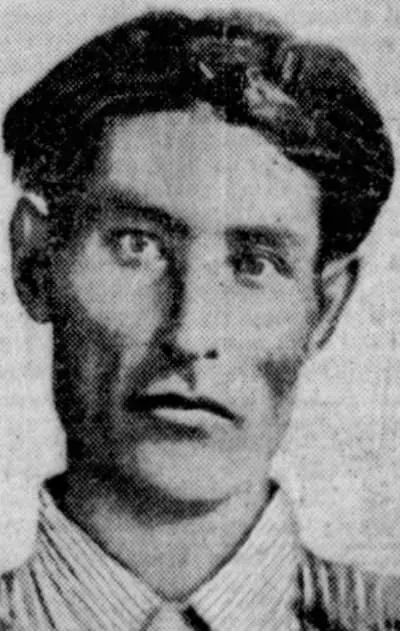
It is important to note the $1,000 (a bit over $10k today) reward money up for grabs for anyone, including the Sheriff and arresting officers, if they bring a killer to justice.
A thorough search of Frank Aguilar's "squalid, one room home" revealed a potential murder weapon. Buried in a basket under firewood was a "rusty head of a hatchet".
According to the Sheriff, there was no blood on the hatchet, because Aguilar had "washed it off".
Also, the Chief of the Pueblo Police Department resized the photos (surely breakthrough technology in 1936), compared the hatchet head with Dorothy Drain's nicks, and found it matched perfectly.
Joe Arridy Arrested, But Changes Story Constantly
Around the same time as Frank Aguilar was being arrested for the murder of Dorothy Drain, so was another man. Another "feeble-minded" immigrant found by Sheriff George Carroll in Cheyenne, Wyoming.
Clearly Sheriff Carroll had heard of the reward money offered as he spent a large amount of time at the train station interviewing anyone he deemed as suspicious.
Joe Arridy had just escaped from his home at the State Home and Training School for Mental Defectives. The 21-year-old had discovered a new passion for train-hopping and was stopping through Cheyenne before continuing on his journey.
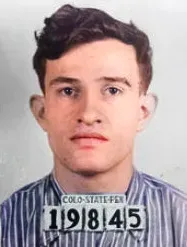
Questioning Joe Arridy was a challenge. They proved nearly every one of his initial details of the murder wrong within a few days.
A confession riddled with so many inaccuracies would never be allowed in our courts today, or at least, we hope not.
At first, Joe claimed he used a club to kill Dorothy Drain, however, the murder weapon was a "sharp object" most likely a hatchet.
Joe said he had hid the murder weapon in a haystack at his parents' home. However, the 'true' weapon was found in a basket in the home of Frank Aguilar.
Joe claimed he committed this murder and at no time during his first statements had he mention his partner Frank Aguilar.
Joe's initial claim was that after the murder he went to his parents' home. However, his mother, father, and siblings said they hadn't seen their son for six years. Also, Joe didn't know his parent's home address, 1604 Cedar Street, as they have moved a lot since their son lived in Pueblo.
If the Arridys haven't seen their son in 6 years, Joe's detail about him being stowed away in their attack doesn't fit this narrative either.
The consistencies go on and on.
Immigration Status
Joe's father, Henry Arridy, was a short and nervous man, and like his son, was also suggestible and easily persuaded by those around him.
Henry, much like his fellow Syrian immigrants, was a low-waged worker and had a job of shoveling sand at the Colorado Fuel and Iron Works (CF&I)
This is perhaps why Henry allowed his son to be taken in front of a 'lunacy board'.
Henry was Syrian-born and immigrated to the United States seeking a better life for him and his wife Mary. Mary Arridy was Henry's cousin, which may have played a role in their son's lowered mental capacities.
Mary had given birth to a few children, but lacking medical treatment, only 3 survived. Joe was the first born on April 29, 1915.
Feeble-mindedness
In 1921, Joe Arridy started his education at the local Bessemer Elementary School. Unfortunately, Joe lasted only one year and in 1922 was dropped by the school's principal for being "too slow."
There would be many psychiatrists that argue over the specific age of Joe's mentality up till his death date. Even in his early 20s, Joe would act child like, with a perceived mental age of between 4 and 6 years old.
Joe's mental deficiencies never bothered him, though. To Joe Arridy, the world was a beautiful place, full of wonder and joy.
Although lil' Joe Arridy was a happy child, life at home was stressful for his mother and father.
The Arridy family made a little money as it was, and Joe was simply one more unproductive mouth to feed. Henry, who no doubt loved his son unconditionally, became pressured by his co-workers, friends, family, and even church, into putting Joe in front of a lunacy board.
Now in his teens, Joe Arridy was sent to the State Hoe and Training School for Mental Defectives. Henry spent years trying to get back his son, but to no avail.
Joe was the State's problem now.
Joe Arridy, "the Happiest Man on Death Row"
Perhaps one of the most heart-wrenching details is the months that Joe spent on death row.
Leading up to Joe's execution, the inmates willingly tasked themselves with the almost impossible task of preparing Joe for his own death. Trying to explain to a man with the mind of a 4-year-old that he was being put to death must have been daunting.
Luckily, he was well loved by his fellow inmates and taken care of by Warden Best, which Joe considered his "best friend."
When one reporter asked Joe if he "wanted to be killed." Joe replied, “No I want to live. I want to live here with Warden Best."
Joe Arridy Pardoned in 2011
Governor Bill Ritter of Colorado pardoned Arridy 70 years later. Joe's tombstone reads, "here lies an innocent man."
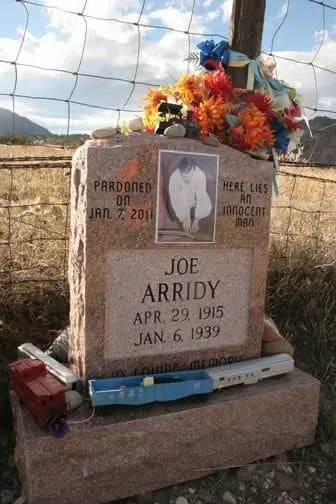
Sources
Deadly Innocence, Robert Perske (Amazon)
How the policeman’s hunch solved the ‘perfect crime’ at the victim’s funeral (The Times Shreveport, Louisiana, 11 October 1936)



